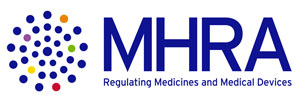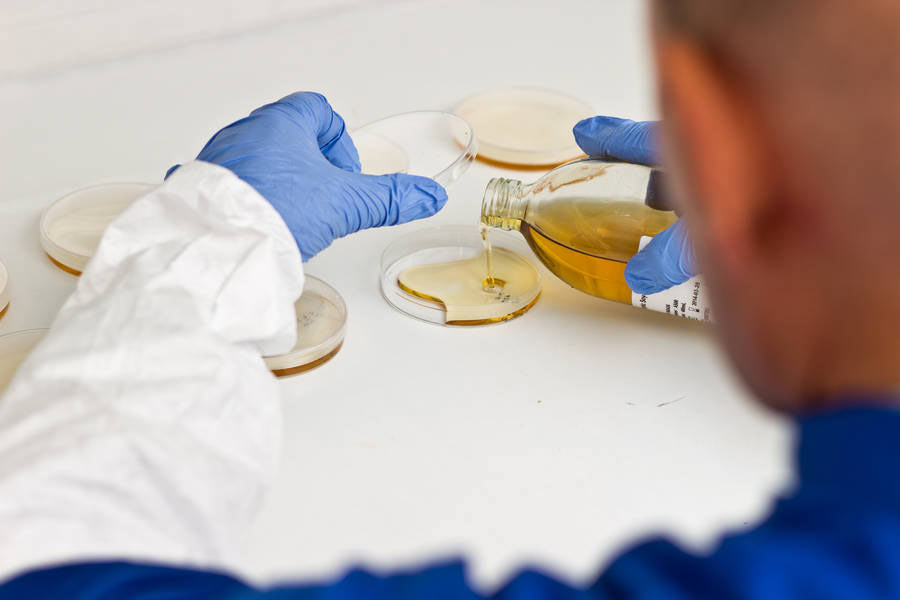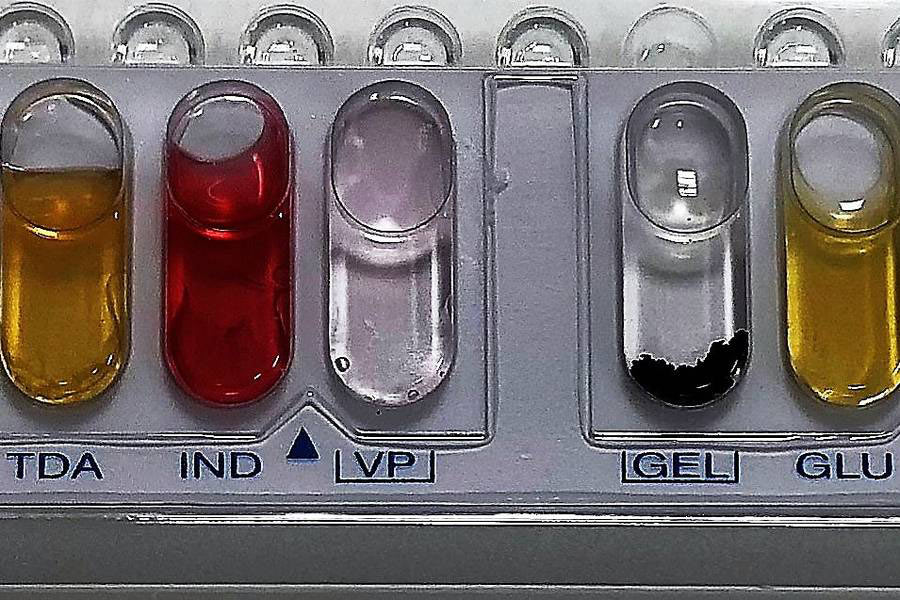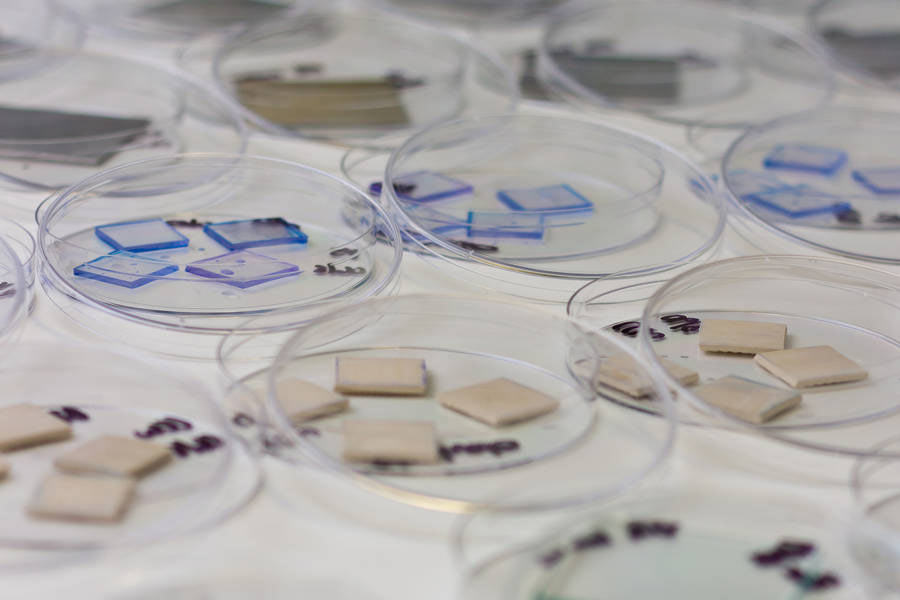Staphylococcus aureus
Staphylococcus aureus
Staphylococcus aureus is a gram positive cocci (round) bacteria that is of particular importance in the pharmaceutical and healthcare industry.

The name “aureus” is the Latin for “gold” as the bacteria produces shiny golden colonies on nutrient agars. S. aureus is a prevalent skin organism with an estimated 25% of people being long-term carriers. Due to its presence on the skin, it can be a major cause of contamination of pharmaceutical product due to improper handling or poor aseptic technique. Certain strains of S. aureus are a particular problem in healthcare as they have developed antibiotic resistance. MRSA or Methicillin-Resistant Staphylococcus aureus has developed resistance to mainstream Beta-lactam antibiotics which includes the majority of penicillin derived compounds such as methicillin.
S. aureus is a facultative anaerobe which means that it is able to produce energy in the form of ATP, through aerobic respiration or fermentation when oxygen levels are low. Identifying S. aureus in the lab can be done by employing a series of biochemical tests. S. aureus produces the enzyme catalase which metabolises hydrogen peroxide, an oxidative compound, into water and oxygen. This catalase test is important as it is used to distinguish S. aureus from other morphologically similar bacteria such as Streptococcus. Identifying an organism correctly can be particularly important for determining patient treatment. In addition, the majority of S. aureus strains are coagulase positive, i.e. can cause blood clotting. If a Staphylococcus is coagulase negative, S. aureus infection can usually be ruled out. Although, not all strains of S. aureus are coagulase positive.
From a pharmaceutical perspective, isolating and identifying a Staphylococcus spp. can be useful during root cause analysis. Consistently high TVC's in product or water samples where the primary isolate is a Staphylococcus spp. is indicative of bad practice by operators. Whilst S. aureus is a commonly found commensal organism and usually harmless on the skin, once it is introduced into the bloodstream it can cause life threatening illness. S. aureus is a major cause of sepsis when introduced into the body via implants, surgical incisions and injectable medicines. As a result, pharmaceutical systems and monitoring should be designed to prevent and detect any contamination. Remedial action for consistent contamination with a skin organism such as S. aureus typically involves retraining operators to improve aseptic technique or additional process improvement to reduce human involvement or contact.
Download the Staph Aureus Bug Fact Sheet
At Honeyman we provide TVC and identification services for pharmaceutical products, raw materials, water and environmental monitoring. Our Consultant Microbiologists, with decades of industry experience are on hand to support your out-of-specification investigations and remedial actions. For more information about our Microbiological services see www.honeymanlaboratories.com
Contact us today to see how we can help.
Our Customers:

























